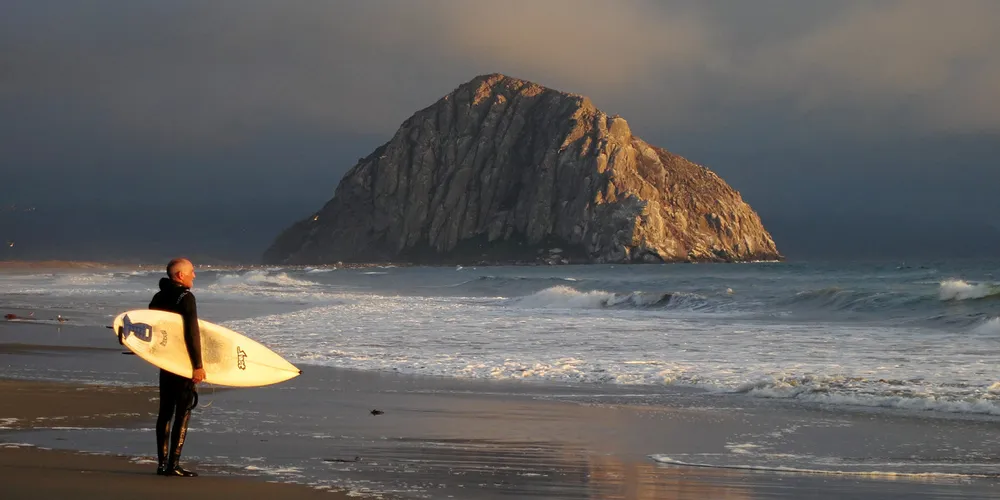'Build wind turbines on US west coast to tap Pacific Rim play', urges floating pioneer Weinstein
Trident Wind chief Alla Weinstein tells Recharge summit supplying giant projects from US east coast factories 'not going to work' as sector experts say industrialisation is next step

“You can’t really transport the blades or nacelles from the east to west coast – it’s not going to work.”
Instead of just a US west coast investment she said the floating wind supply chain needs to think about “the Pacific Rim – maybe there are other opportunities across the Pacific”.
Weinstein told a panel on the future of floating wind power that the sector will have the ability to become a source not just of baseload power for California, but also of jobs and economic growth thanks to the final assembly ports needed to deploy turbines.
The state is spearheading the US floating wind industry with goals of up-to 5GW of capacity by 2030 and 25GW by 2045.
Folsom said initial suggestions to build floating wind units in Asia and ship them across were not sustainable in the long term, and the state should become a major centre for industrialisation of the sector.
“The best way to facilitate good stakeholder engagement is by giving them jobs and economic development opportunity. That’s ultimately what offshore wind represents as an economic play.
“California’s a great example of a space that would benefit greatly from localisation, industrialisation of the supply chain. That’s how we win in floating wind as an industry.”
'Yet to prove how we industrialise'
Dominique Roddier – a veteran of the floating sector and CEO of next-generation platform technology developer Ocergy – said while the industry had proven its technologies, what it has not yet proven is “how we industrialise this”.
“Just saying economies of scale is not going to get you there,” Roddier said. “Industrialisation is not saying ‘this is our concept how do we build it’, it’s about… adapting our concept to the existing supply chain.”
Downey said floating wind’s long-term success will come from maximising its advantages over onshore renewables with “very sharp, very serialisable” technologies that “maximise output, minimise footprint”.
Lars Samuelsson, manager for global offshore renewables at classification and standards body the American Bureau of Shipping, said fabrication will be key to the long-term success of the floating sector.
“We need to make sure these are fabricated to a consistent standard so we don’t end up with unnecessary uncertainties through the long life of the units,” he told the panel.